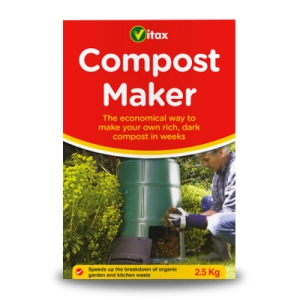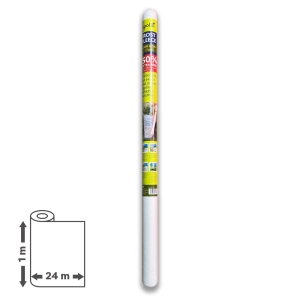Gardening in a changing climate can be a challenge for gardeners, but gradual warming gives us time to make amendments to our plant stock. Sudden dramatic temperature changes on the other hand can leave us and our plants a little helpless.
Early spring risers
Spring bulbs are particularly sensitive to these sudden temperature changes. Many of us have seen spring flowers pop up weeks before they ‘should’ due to a period of prolonged and unexpected mild weather.
This can cause their leaves to turn brown and, in some instances, the whole plant can die if the flowers have made a premature appearance - only to be ravaged by a sudden drop in temperature, or the arrival of unexpected frost or snow.
In this instance you can help prevent plant death by quickly covering the emerging shoots with mulch and then exposing them again once warmer spring weather arrives. Your bulbs should quickly recover and grow as normal.
Mulch can also help keep the soil at a more consistent temperature and can work to protect young shoots from damage.
Remember to plant your bulbs when the weather has properly cooled. As our autumn season extends with climate change, you may need to delay bulb planting until mid-November where once you did this at the end of October.
Planting them before the weather has properly cooled can cause early growth, as can planting them at the wrong depth. Planting bulbs in shallow soil can cause premature growth so check packet instructions carefully for the correct planting depth.
N’er cast a clout ‘til May is out
If you know what this old saying means, the chances are you’ve been on the receiving end of a sudden and unexpected cold snap and your plants have suffered as a result.
Whilst the origins of the phrase most likely refer to not putting your winter woollies away until May (or until hawthorn ‘May’ flowers are out), gardeners have adopted this over the years as a maxim reminding us that if the May flowers are not yet out, then it’s also probably too early to put your bedding plants out.
Sometimes this older knowledge can be incredibly helpful, so bear this phrase in mind in late spring before making planting decisions!
The risk to harvests
Sudden or late frosts that make an appearance after fruit blossom has emerged can pose a risk to plant health and result in poor harvests or no harvest at all.
Warm spring weather followed by a hard frost can cause leaves to wither reducing the plant’s ability to photosynthesise, and blossoms to die causing malformed fruits.
If your fruits have already started to form and frost makes an appearance, be aware that damage can occur if the temperature drops to -2.8°C. Anything below this is very likely to kill early stone fruits for example.
Whilst many of our fruit trees are considered hardy, they all have their vulnerabilities once the flower bud starts to open. Freezing spring sap can also cause plant cells to burst leading to branch dieback, stunted growth or plant death.
Prevention is better than cure
You can help your vulnerable crop-producing plants and fruit trees by wrapping them with horticultural fleece until all risk of frost has passed.
Plant fruit trees near south facing walls or next to a water source if possible. Both these strategies will help keep the temperature slightly higher through the release of stored day time heat at night.
Don’t be too quick to prune off frost damage; many plants make a remarkable recovery and may surprise you, so wait until the plant has been exposed to higher temperatures before making decisions on damage limitation.
Potted plants can be moved to a shed or warmer environment until risk of frost has passed. But whichever strategy is right for you, do keep an eye on the weather forecast during March and April.
As keen as we always are to start planting in spring, a little patience and planning will ensure you create a more sustainable garden capable of withstanding sudden temperature change.







